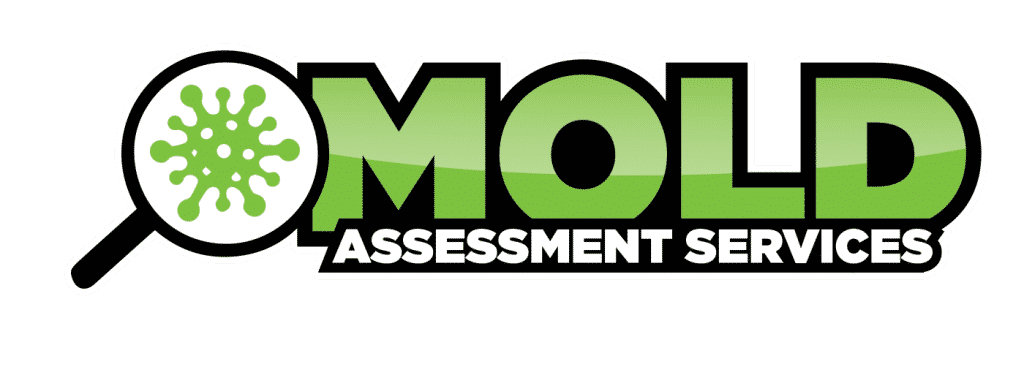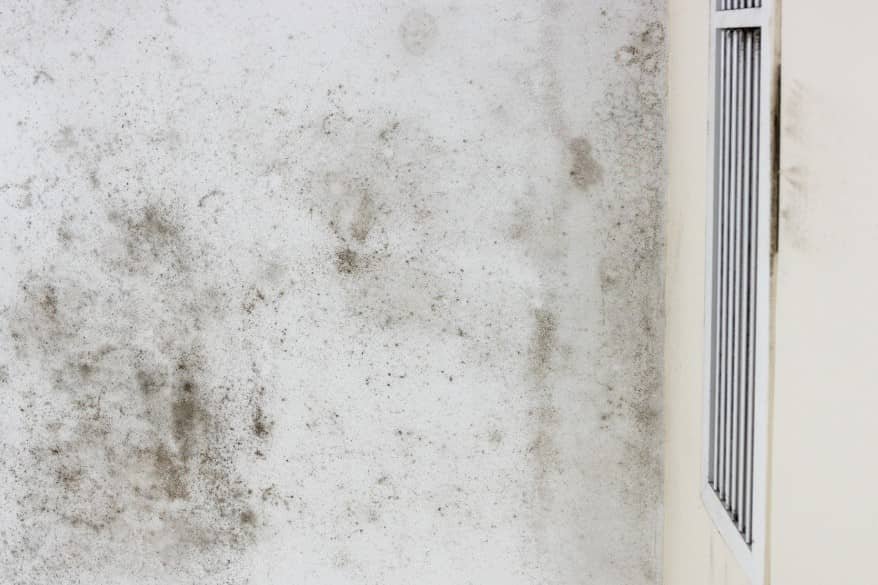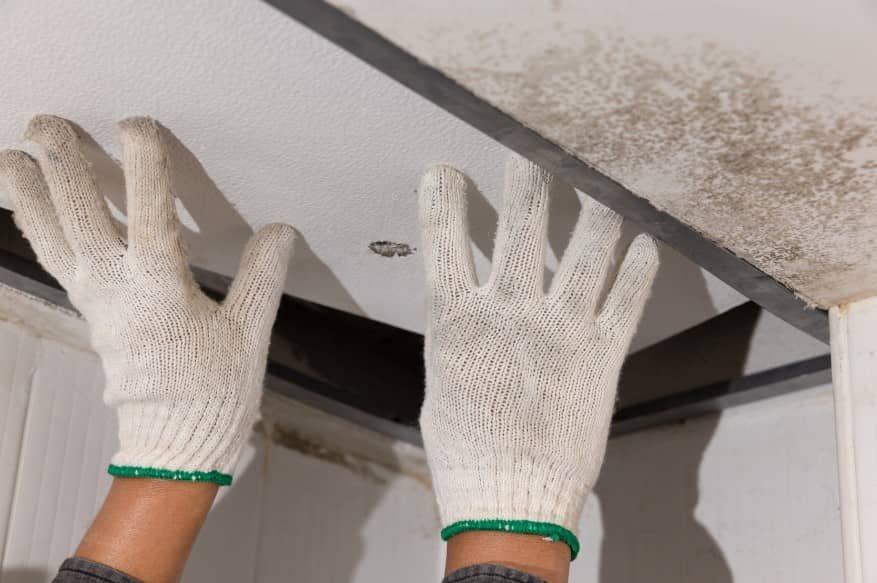It’s a common misconception that molds only thrive in areas with poor ventilation and moisture. That’s not true! Molds will grow in almost any environment, as long as it is moist enough. Over 60% of people think they’ve seen mold in their homes. Experts estimate that mold is present in 20-60% of U.S. homes. In this Mold Assessment Services article, we’ll look at 11 types of mold found in our homes, along with advice on how to get rid of them.
11 Types of Mold Found in Households

11 Types of Mold Exposed: Reasons for an Expert Inspection. Mold Inspection and Mold Testing Mold samples on white background. A petri dish with colonies of microorganisms for bacteriological analysis in a microbiological laboratory.
Recognizing the 11 types of mold commonly found in homes is essential for homeowners and property managers alike. This knowledge not only aids in the early detection of mold growth but also in implementing effective prevention strategies to combat these fungal invaders. By identifying these molds, one can take specific remediation actions tailored to each type, thereby mitigating health risks and preserving the integrity of the living environment. Furthermore, understanding these common molds empowers individuals to create a proactive maintenance schedule that includes regular inspections and moisture control measures, ensuring a safe and healthy living space for all occupants.
Alternaria
Alternaria is a common mold and most frequent indoor allergen that manifests in various colors, including mottled brown, black, and white.
It usually appears in damp areas like the sink, shower, or dark and dimly lit areas outside the home. Health problems associated with Alternaria include asthma attacks and allergic reactions.
Aspergillus
Aspergillus is a common household mold found in homes. It’s probably in your home, but no need to worry. It is a non-toxic mold and causes minimal damage to those that inhale its spores. Severe reactions include allergic reactions, inflamed lungs, and respiratory infections.
Aureobasidium
Aureobasidium is a common mold found around the house and in your everyday life. It’s especially prone to be found on wood, painted surfaces, and very frequently on wallpaper. This mold is commonly found in bathrooms due to its affinity for moisture.
Aureobasidium is pinkish brown, usually spotted and moldy looking. Its texture is slimy and often slimy residue will remain on your hands after touching it or cleaning it up. It can produce a variety of harmful chemicals that may cause severe reactions in those who are particularly sensitive to them.
Chaetomium
Chaetomium mold is a common species that grows in the drywall that has experienced water damage. This mold forms bluish-gray, fuzzy colonies and can grow on all surfaces of your home. People typically identify its presence when they smell a musty or old odor in their home.
Cladosporium
The Cladosporium mold is among the most common types of household molds that homeowners often find in their homes. This is because this mold species can thrive within and outside homes. The mold is commonly seen in old furniture, carpet, wooden cabinet, and even fabrics. It loves to live on textiles that are kept damp due to humidity or moisture.
Fusarium
Fusarium mold is a common type of mold in the household. It’s a vicious, chronic problem that not only poses health risks but also damages your home by destroying building materials. The most common areas for fusarium to grow are damp flooded basements and carpeted areas. There are at least 500 species of Fusarium that tend to be found in soil or on plants and include molds such as Aspergillus, Botrytis, Chaetomium, and Verticillium.
Penicillium
Penicillium is a fungus that is commonly found indoors on moldy materials. It may cause sinus infections, respiratory allergies, and chronic fatigue. In addition, Penicillium can cause damage to the lungs and other organs of the body. It is important to investigate and then irradicate the presence of Penicillium before the problem exacerbates.
Serpula Lacrymans
Serpula Lacrymans has a yellow appearance and can be found on wood surfaces inside or out. This mold does not feed on any other material besides wood, causing it to eat away at the wood surface and create dry rot in materials such as beams and joists.
Serpula Lacrymans is very difficult to control because of its porous surface. Although it may appear dangerous, this type of mold is not toxic to humans or pets but causes severe damage to structures over time.
Stachybotrys Chartarum
Stachybotrys Chartarum is a toxic mold that causes coughing, sinus issues, and fatigue. The appearance of this mold is black or brown, fuzzy or cotton-looking growth in your home. This mold can be identified by its musty odor, which smells like damp paper towels.
The most common places for Stachybotrys Chartarum are areas with high moisture levels like wallboard, sheetrock, ceilings, and carpet padding.
Trichoderma
Trichoderma is a common mold found on moist surfaces, especially those with low ventilation and little light. In addition to being damp and dark, the carpeting or wallpaper may also be made of materials like cotton, hemp, or wool that are more prone to mold growth.
Trichoderma can be identified by its light grayish-green color and fuzzy appearance. This low-oxygen mold can produce mycotoxins that cause eye irritation and allergic reactions in pets living in the home, including skin irritation in humans.
Ulocladium
Ulocladium is a fairly common mold that can infect homes both inside and outside. The mold is typically found in areas that have been damaged by water, including floors and walls of homes that have experienced a flood. This mold is responsible for several allergic reactions and infections among homeowners.
Understanding the 11 types of mold commonly found in homes is essential for effective prevention and remediation strategies to ensure a healthy living environment.

Cleaning Home to Prevent and Minimize Mold Growth. Understanding the common types of molds in homes is crucial for maintaining a healthy environment. Expert mold inspection by Mold Assessment Services is necessary for accurately identifying both toxic and non-toxic mold varieties, which can significantly impact indoor air quality and health. Indoor mold allergens, for example, can trigger asthma attacks and allergic reactions, underscoring the importance of mold prevention strategies. Regular cleaning and moisture control are effective measures, but professional mold remediation services are recommended for severe infestations.
Minimizing the 11 Types of Mold at Home
Outdoor molds, such as those found on plants, fruits, or vegetables provide a healthy dose of vitamins and minerals. While these molds are great for your health (and can treat colds!), they are not your friend when they enter your home.
Once you identify a mold growing within your home, treating the problem is fairly simple. Make sure to protect yourself with a breathing mask and gloves. Go through the home and search for any damp surfaces or crevices. It is important to seal off the area where the mold is to prevent the mold from traveling throughout the house.
Scheduling a professional mold inspection every 6-months can help lower the risk of spreading to new locations. When it comes to the spread of mold in your house, prevention is the best medicine.

Health risks associated with mold, including respiratory issues and allergic reactions, highlight the need for proactive management and regular inspection schedules. Mold Assessment Services in Florida offers comprehensive solutions for detecting and eliminating mold, thereby improving indoor air quality and ensuring the safety and comfort of your home. By staying on top of your cleaning schedule and opting for professional help when necessary, you can significantly reduce the spread of mold and protect your family’s health.
Contact Mold Assessment Services to Identify the 11 Types of Mold!
Mold can cause serious health problems, so it is important to take action against it and prevent it from growing in your home. The best way to prevent mold growth and get rid of the 11 types of mold is by staying on top of your cleaning schedule. If you live in a humid area, be sure to give your home a thorough inspection each week and always check for damp spots or leaks.
If you suspect mold in your home, we’re here to help. Our technicians can detect the problem and eliminate the odor, so you can breathe easier. Contact us today!


